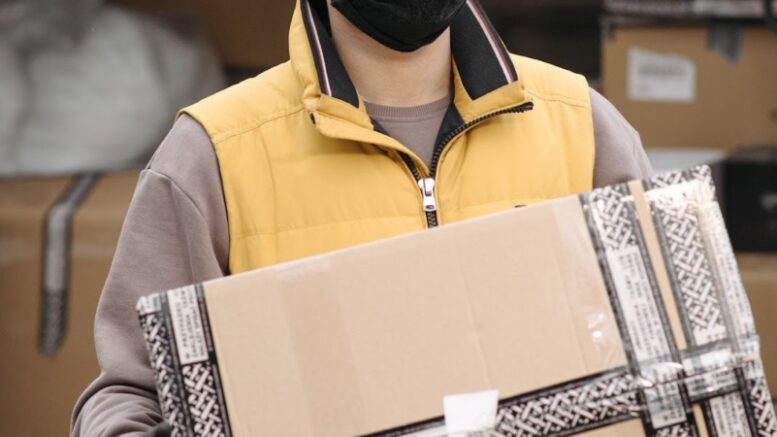Laboratories rely on specimens and samples to test and synthesize medicine but said samples must be intact to produce the right results. The way a specimen is collected, handled, and transported can minimize exposure and protect the contents from soiling or degrading.
How Medical Samples Stay Safe During Transport
Medical labs can start the process off right by following the right collecting and handling procedures. Courier and transport services can then help store and pack your specimens.
1. Correct Packaging for Specimen Transport
Sample transport containers include biohazard bags, specimen cups, sharps containers, and transport tubes. Couriers may use cellulose wadding, absorbent packaging, and cotton balls to keep the outside of the packaging dry. They will seal samples and containers with lids and bags.
Before transporting any blood samples or specimens, couriers will check if the sample is labeled, if the cap or container is secure, and if the package needs an insulated container.
2. Keeping Blood Samples at the Right Temperature
Medical sample transport couriers have temperature-controlled trucks that ensure plasma and blood samples stay at the correct temperature. Trained staff will treat all blood and potentially infectious materials as if they are actually infectious to prevent mishandling or accidents.
For most labs, the specific storage requirements are as follows:
- Room Temperature: For specimens that don’t have a storage requirement
- Refrigerator: For spun serum/plasma that’s considered a biohazard
- Frozen: For aliquot samples (not originals), if they’re considered a biohazard
Couriers will keep the specimens at the temperature requested. Most services will ask before traveling if you have a specific temperature requirement or need to transport something quickly.

3. Proper Labeling and Color Coding for Samples
Medical labs will use different capped collection tubes to differentiate between samples. For example, yellow caps are for blood cultures, while red caps are for serum. Labs will also place their samples in coded bags, like blue for biohazard and red for STAT or urgent biohazard.
Other labels, like the patient’s name, contact information, and a medical record number, are vital, as HIPAA compliant couriers will only take properly labeled packages.
When labs follow these guidelines, couriers can easily pack materials in sturdy containers, avoid shaking the samples and prevent exposure. What’s more, properly labeled specimens follow local, state, and federal regulations, so there’s very little chance your samples can’t be used.
4. Adequate Shelving Space and Cleanliness
Before anything enters the truck, couriers will ensure there’s enough shelving and packaging to safely transport blood samples or specimens. If there was anything left from the last shipment, it will be properly disposed of, possibly at the lab for safety reasons, before they start loading.
Whether the samples were disposed of at the lab or at another site, the truck will be cleaned from top to bottom. They’ll ensure the space is free of all possible contaminants or pathogens.
5. Trained Staff Members, Drivers, and Managers
Medical couriers are required to stay HIPAA-compliant and follow the procedures and policies outlined by HIPAA regulations. All staff members that interact with medical samples, including customer service staff and managers, must know how to handle and safely transport them.
Here are the steps a medical courier will take to ensure HIPAA compliance:
- Confirm the correct mode of transport with the client
- Check if labels are clear, legible, and in English
- For blood samples, ask if plasma and serum are separated
- Ask if the lab followed international requirements (if applicable)
- Confirm the contents are accurate before sealing the container
- Write down the time and date of the shipment
- Help with the chain of custody forms (if applicable)
- Ship samples to the right facility while following temperature/packaging guidelines
Remember that medical couriers cannot ship samples to a private residence without consent from the person who provided the samples, so labs must present that documentation.
